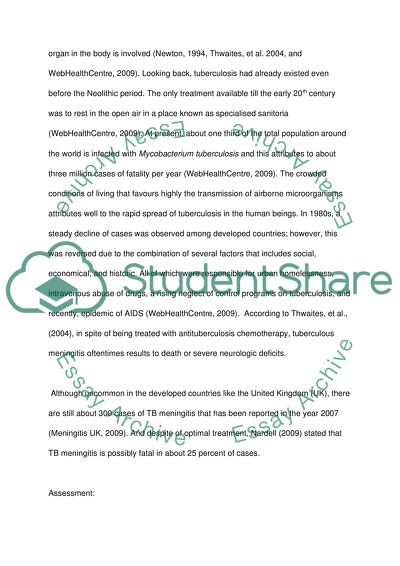Cite this document
(“Coordinating care in the specialist setting: Tuberculosis Meningitis Essay”, n.d.)
Retrieved from https://studentshare.org/nursing/1393895-co-ordinating-care-in-the-specialist-setting
Retrieved from https://studentshare.org/nursing/1393895-co-ordinating-care-in-the-specialist-setting
(Coordinating Care in the Specialist Setting: Tuberculosis Meningitis Essay)
https://studentshare.org/nursing/1393895-co-ordinating-care-in-the-specialist-setting.
https://studentshare.org/nursing/1393895-co-ordinating-care-in-the-specialist-setting.
“Coordinating Care in the Specialist Setting: Tuberculosis Meningitis Essay”, n.d. https://studentshare.org/nursing/1393895-co-ordinating-care-in-the-specialist-setting.


